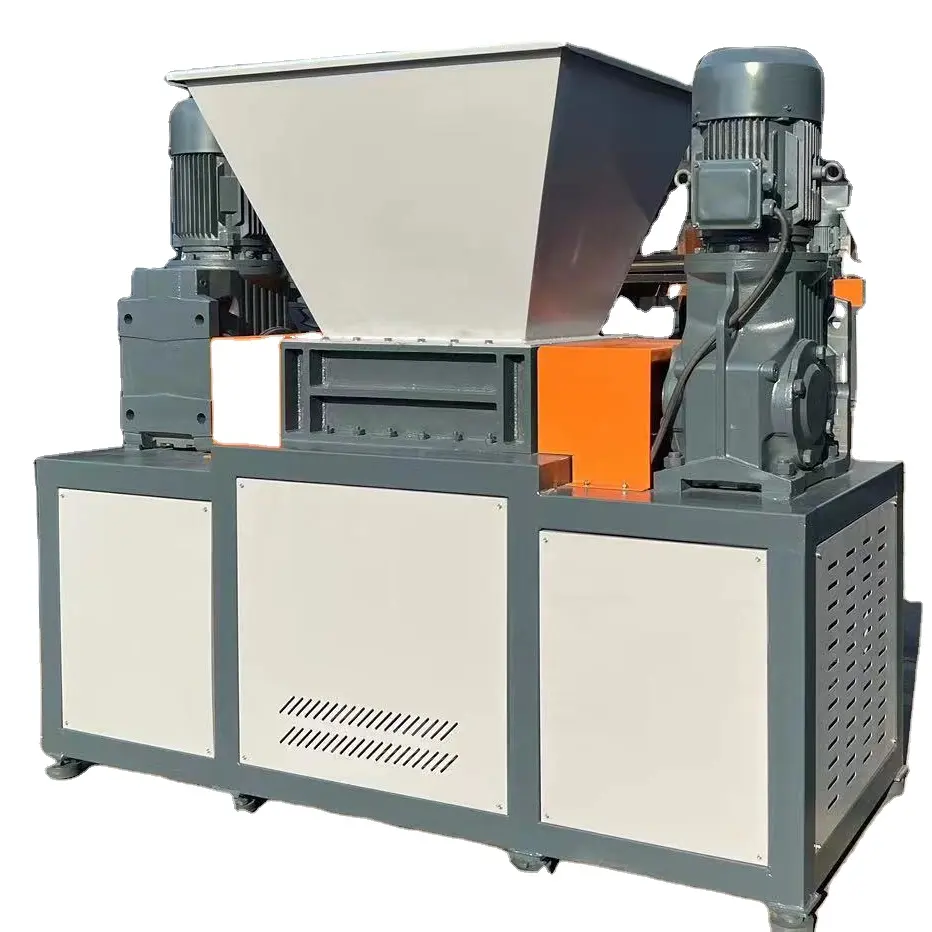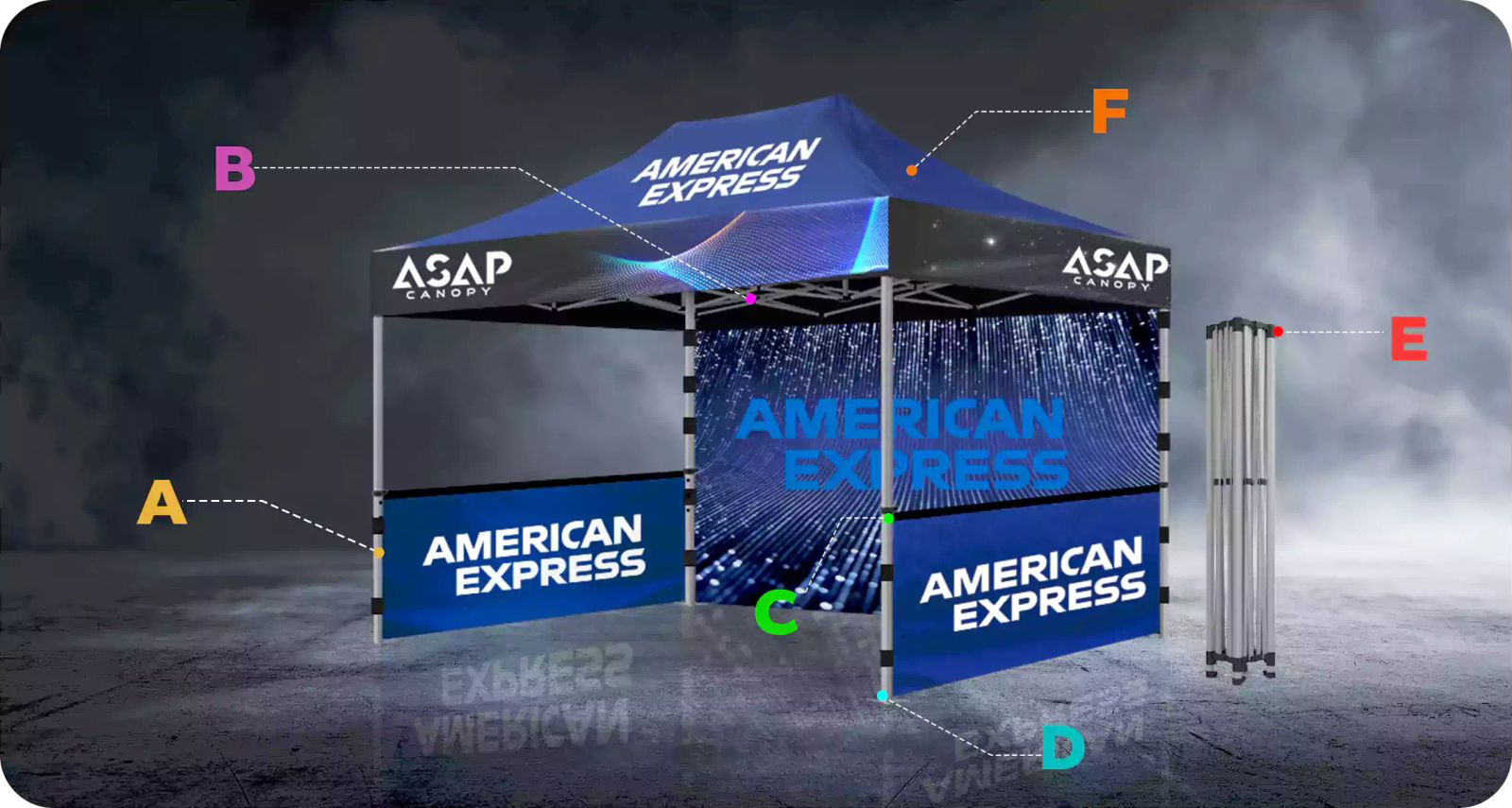Plastic Shredders
Plastic shredders are machines that are used to reduce the size of plastic materials by cutting or tearing them into smaller pieces. They serve a variety of functions in the handling and recycling of plastic waste.
Types of Plastic Shredders
There are a few main types of shredders used for plastic:
- Hammer mills: These operate by having a high-speed rotating shaft with hammer-like blades or knives attached to it. The hammers impact the plastic with force to tear it apart. They are effective for hard plastics and produce irregularly shaped shredded pieces.
- Screw shredders: These have a rotating screw(s) inside a screened barrel or comb. The screw helps grab, shear, and shred the plastic between the screw and screens. They can handle soft or hard plastics.
- Granulators: These have rotating knives that cut the plastic into smaller pieces as it passes over a perforated screen. The knives can be mounted on a shaft or rotor. Granulators produce more uniformly shaped plastic chips.
- Single-shafted shredders: These are a simpler and more compact design with one shaft and cutting components. They shred less material at a time compared to dual-shaft models.
- Dual-shaft shredders: These have two parallel shafts with shredding components that grab material from top-to-bottom or from both sides. This allows for higher throughput shredding.
- Four-shaft shredders: The most heavy-duty design using two dual-shafts in sequence for maximum shredding force.
In addition, there are shredder designs tailored for specific types of plastic like plastic bottles, pipes, blocks, film, packaging, and more. Important components in these machines include the cutting elements, screens to size the output, drive motors, feed hoppers, conveyors or pneumatic systems for moving the plastics, and discharge systems.

Uses of Plastic Shredders
There are a number of applications for shredding plastic materials:
- Plastic recycling: Shredding is an important first step in recycling plastics. The smaller sized pieces can be more easily handled, processed, and remanufactured into new plastic products. Different polymer types also often need to be shredded and separated.
- Waste reduction: Shredding allows large plastic items like containers, furniture, toys, wraps, and bags to be broken down in size for disposal or transportation. Compaction can further reduce volumes.
- Alternative fuel production: Shredded mixed plastic waste is being utilized by some facilities as a feedstock for conversion processes into oils, gases, and other chemical products that can be used as fuels.
- Feedstock for remanufacturing: The plastic chips and powders produced by shredding provide a feedstock material for various remanufacturing processes like injection molding and extrusion into both plastic and non-plastic products.
- Render unrecoverable: High security cross-cut shredders are important for destruction of confidential, sensitive, or proprietary plastic products and materials prior to disposal.
Several other niche uses include shredding plastic parts for recycling in 3D printing filament production, using shredded plastic as a binder material in cement and concrete mixes, producing plastic wood-replacement composite lumber, and incorporation into tooling applications like plastic injection molds.

Considerations for Plastic Shredding Systems
There are several important considerations when investing in plastic shredding equipment:
- Type and size of materials: This impacts the design, features, and capacity required. A system meant for shredding plastic bottles functions differently than one shredding large plastic barrels.
- Output size: The desired particle size the shredder must produce requires appropriately configured cutting components and screens. More finely shredded plastic may also need secondary granulation.
- Capacity and automation rate: High throughput systems require heavy-duty designs, bigger motors, and may include conveyors, hoppers, sensors, loaders, and sorters for automation.
- Operation setting: A clean factory-based recycling system varies tremendously from an outdoor waste processing site, impacting durability and protections needed.
- Maintenance and safety: Routine service, worker training, protective components, and system stop functions are essential to safety and uptime.
- Permissions, regulations, and certifications: Facilities handling certain volumes or types of plastic waste may need environmental permits, licensed contractors, special training, and compliance reporting.
- Cost, energy, and labor: The scale of throughput, automation features, energy consumption, and labor intensity determine operational costs which must be balanced.
With increasing volumes of plastic wastes being generated globally, demand has grown rapidly for plastic shredding equipment and systems. Properly utilized shredders serve as a vital component in diverting billions of tons of plastic materials away from landfills and oceans towards recycling streams annually. Configured and operated correctly, they improve economics, efficiency, and sustainability for various industries and waste processors handling plastic.
Leave a comment
Your email address will not be published. Required fields are marked *










